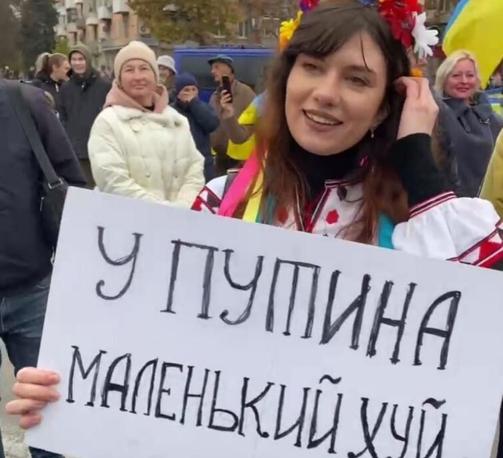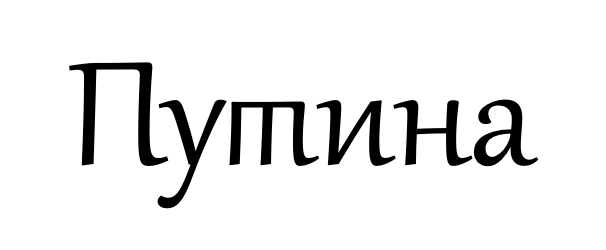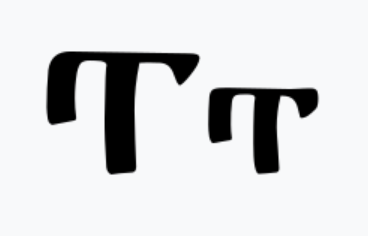Is this T design common in Russia or only Ukraine? (Kherson, earlier today)
@lorp It is a traditional variant form that is probably familiar to most Cyrillic readers. Just think of it as Т with really long serifs on the end of the bar.
The same construction sometimes occurs in lowercase even when the uppercase is the more famliar Т shape, as in Gabriola (below), and is what leads in cursive to the lowercase italic т looking like a Latin m.
@lorp Fontfabric’s introductory article on the origins and development of Cyrillic script shows some examples of this form in use in poluustav (semi-uncial) and early cusive styles.
https://www.fontfabric.com/blog/cyrillic-tradition-origins-and-inception/
@lorp This form is also common in poluustav, which suggests how the three-legged version evolved.
@TiroTypeworks Thanks, indeed I know the ‘m’ form well from handwriting and Bulgarian lowercase — nice to see it in chunky form in Gabriola and Poluustav. Luc(as) de Groot reminisced to me the other day about the eye-opening variety of forms in Crimea, which made we wonder about vernacular use of this uppercase form.
@lorp @TiroTypeworks I've seen it on official buildings and large-scale signage, so it's not relegated to informality/"handmade look" styles, at least.


